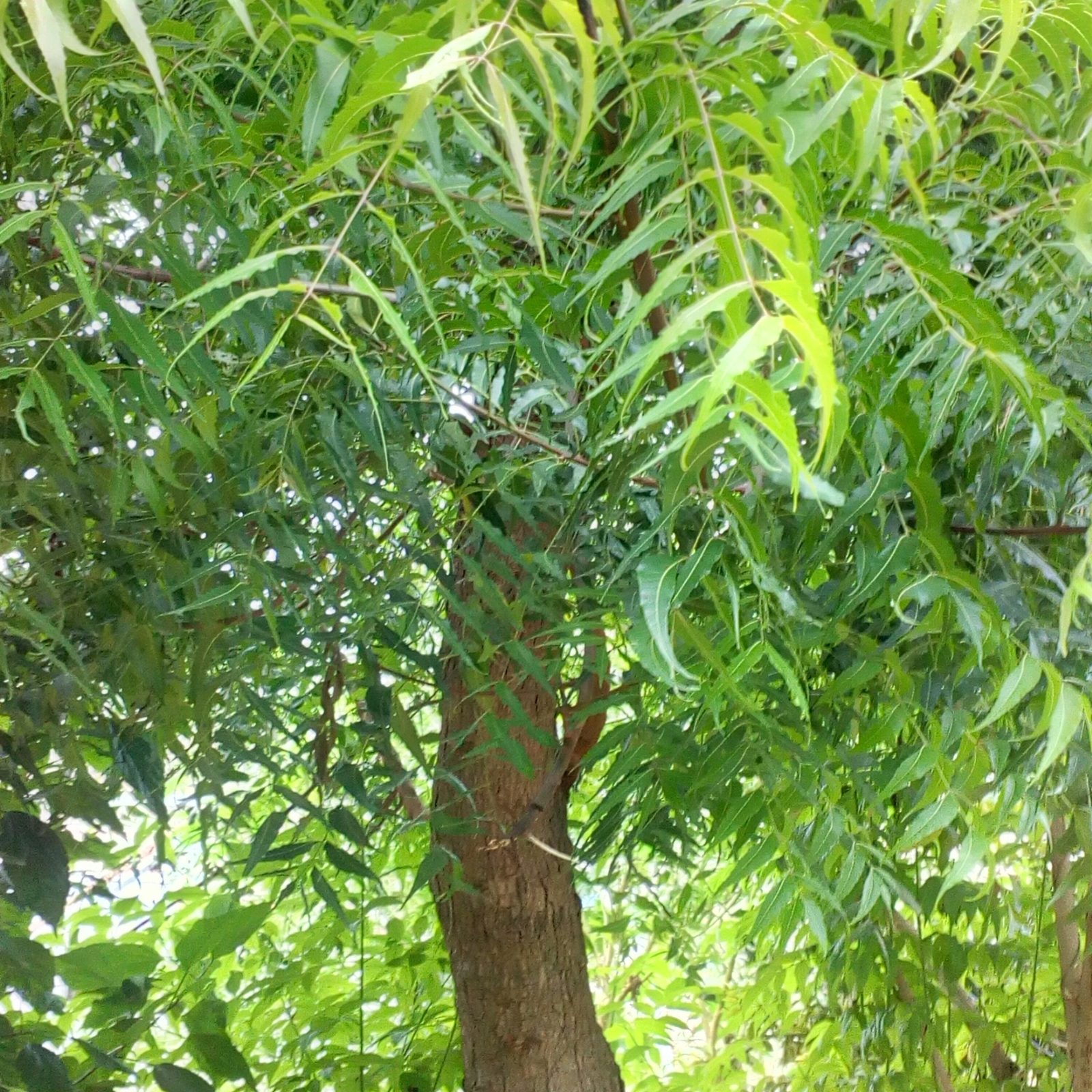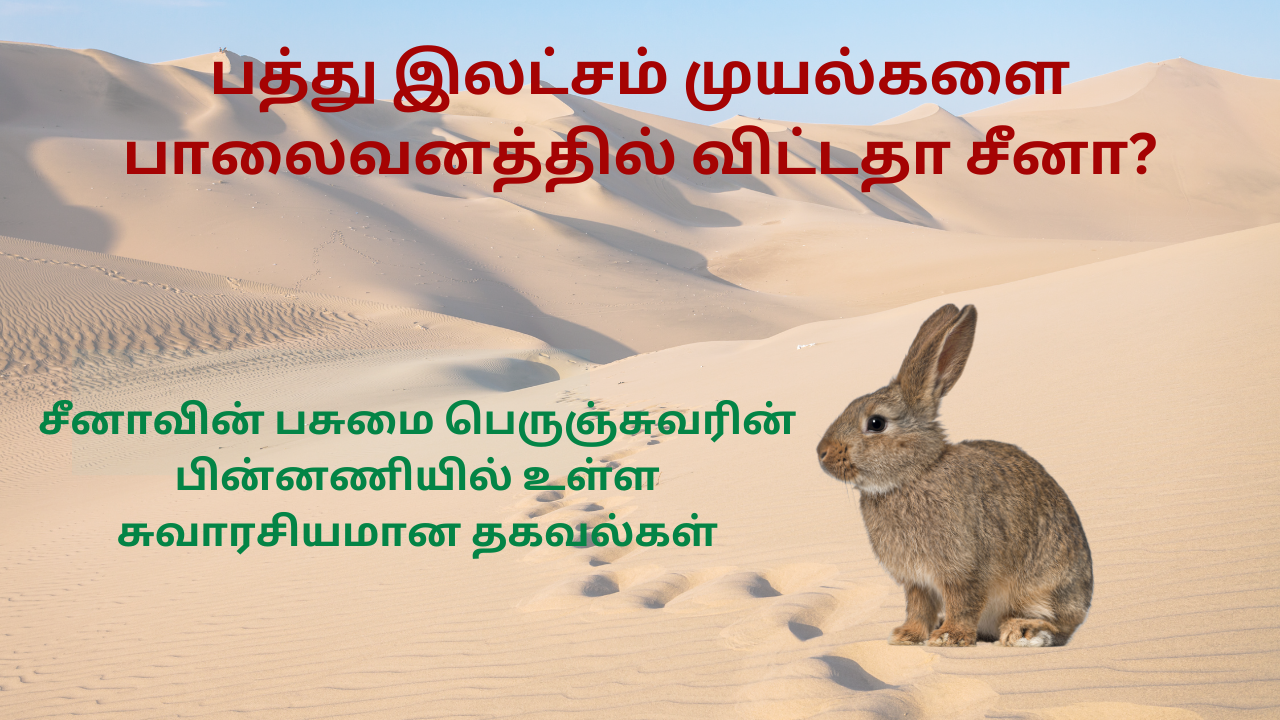Drenched by heavy downpours during monsoon seasons brings special childhood memories. Those were the times when 'staying in the present' was easily accomplished without being advised. The sight of dark clouds sets the mood and the first drops of rain set the stage for action-packed kids' moments.
In the past, radios were relied upon for news and entertainment. Listening to news about heavy rains and devouring tasty hot fritters made by mom were enjoyable routines during monsoon rains. Naturally, the mind wanted nothing but more rains and more fritters.
Not anymore. This is very much part of growing up when one looks beyond one's pleasure to learn about experiences that are far from enjoyable faced by a good number of population. Streets filled with rain water and rain water flooding homes damaging properties drain off our enthusiasm and make the minds heavy. Now, warnings about heavy downpours are always received with concern for the deprived.
What Made Chennai What it is Now?
Considered one of the wettest urban cities in the world, Chennai should have been a role model in handling multitude of challenges thrown by monsoons and summer in a more than adequate manner.
According to a research, the area of Chennai's waterbodies shrunk from 12.6 square kilometres in 1893 to 3.2 square kilometres in 2017. That is, the area of waterbodies is reduced from 3113 acres (approximately 13,56,02,280 square feet) to 791 acres (3,44,55,960 square feet). Disappearance of waterbodies due to improper planning of urbanization and worse water management have resulted in rain water flooding residential areas and draining off in the ocean.
Trees and Water Management
Trees play a great role in water management. The canopy of trees intercept rainfall and store water in their leaves temporarily. The water is slowly released into the soil and excess water turns into water vapor and is released into the atmosphere.
If one leaf can intercept so many drops of rain...
Video courtesy: C.R. Ravichandran
Rain water that reaches the soil is absorbed by the roots of the trees and transported to leaves. Again these evaporate into water vapor and are released into the atmosphere. As roots of the trees absorb rain water, the capacity of soil to absorb rain water increases. During heavy rainfalls, rain water go further deep into the soil and flow into water bodies thus helping to maintain healthy water table that can sufficiently quench the thirst of city throughout the year.
A well-grown tree intercepts over 15,000 litres of rain water a year. This helps to prevent disasters like flooding. Considering the capacity of a single tree in intercepting rain water, just imagine how well Chennai's water resources would be if there still were trees on both sides of the streets?
Will Chennai Regain its Beauty?
Old Tamil movies are so compelling to watch thanks to the lush greenery of Chennai, though those films were made in black and white.
Kodambakkam and Nungambakkam were called villages. Most of the places in Chennai were a visual treat thanks to big trees on both sides of the streets.
Increase in population, urbanization, modernization, relocation of people to Chennai for job opportunities resulted in Chennai undergoing many changes. However, if all these changes were effected without disturbing trees and waterbodies Chennai would still have been singara Chennai.
With Hopes of Singara Chennai...
Measures being taken to retain existing resources of Chennai and attempts to restore water resources are promising.
The day ends with sunset.

Still, it sows the seeds of dawn.

Dawn, as always, is inevitable and invincible.
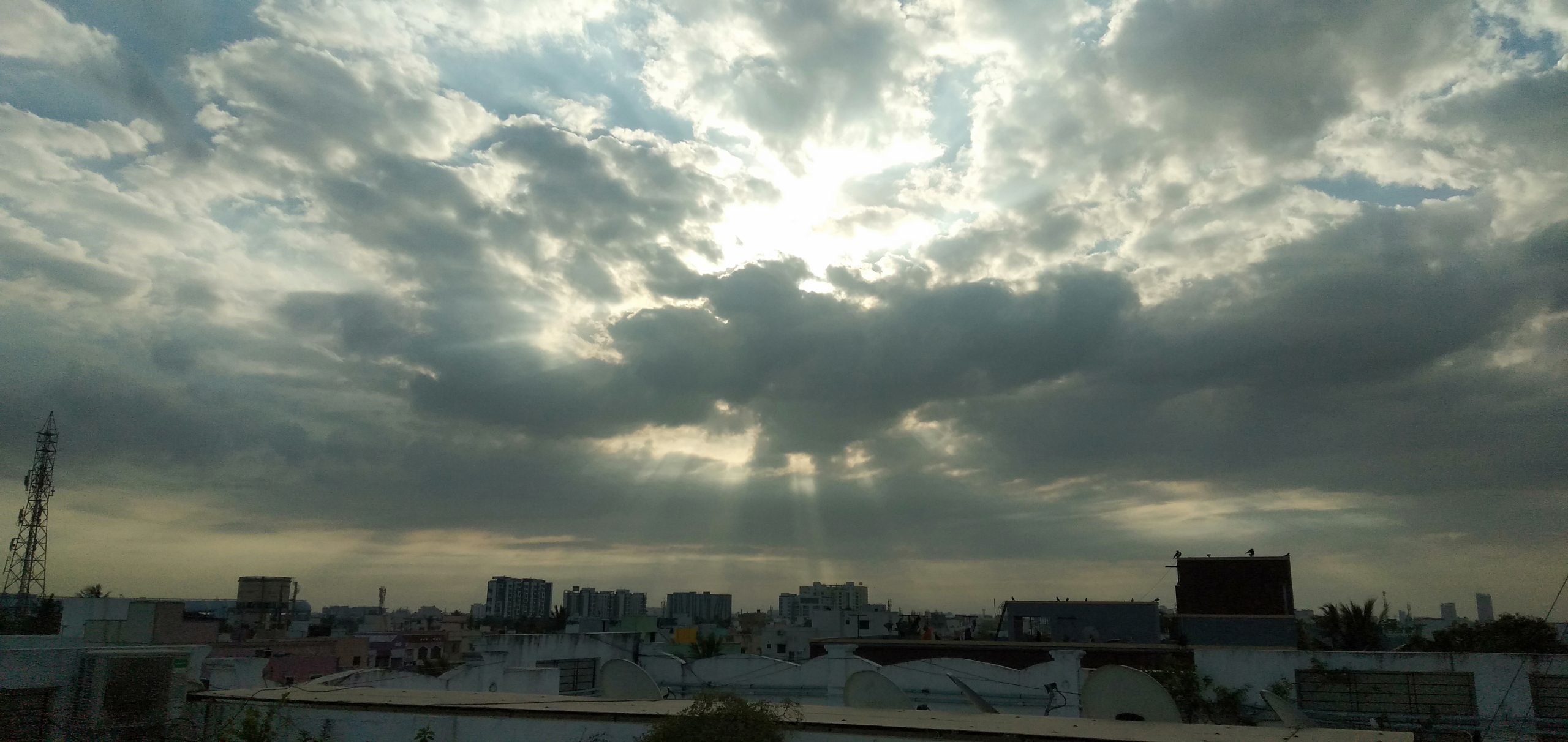
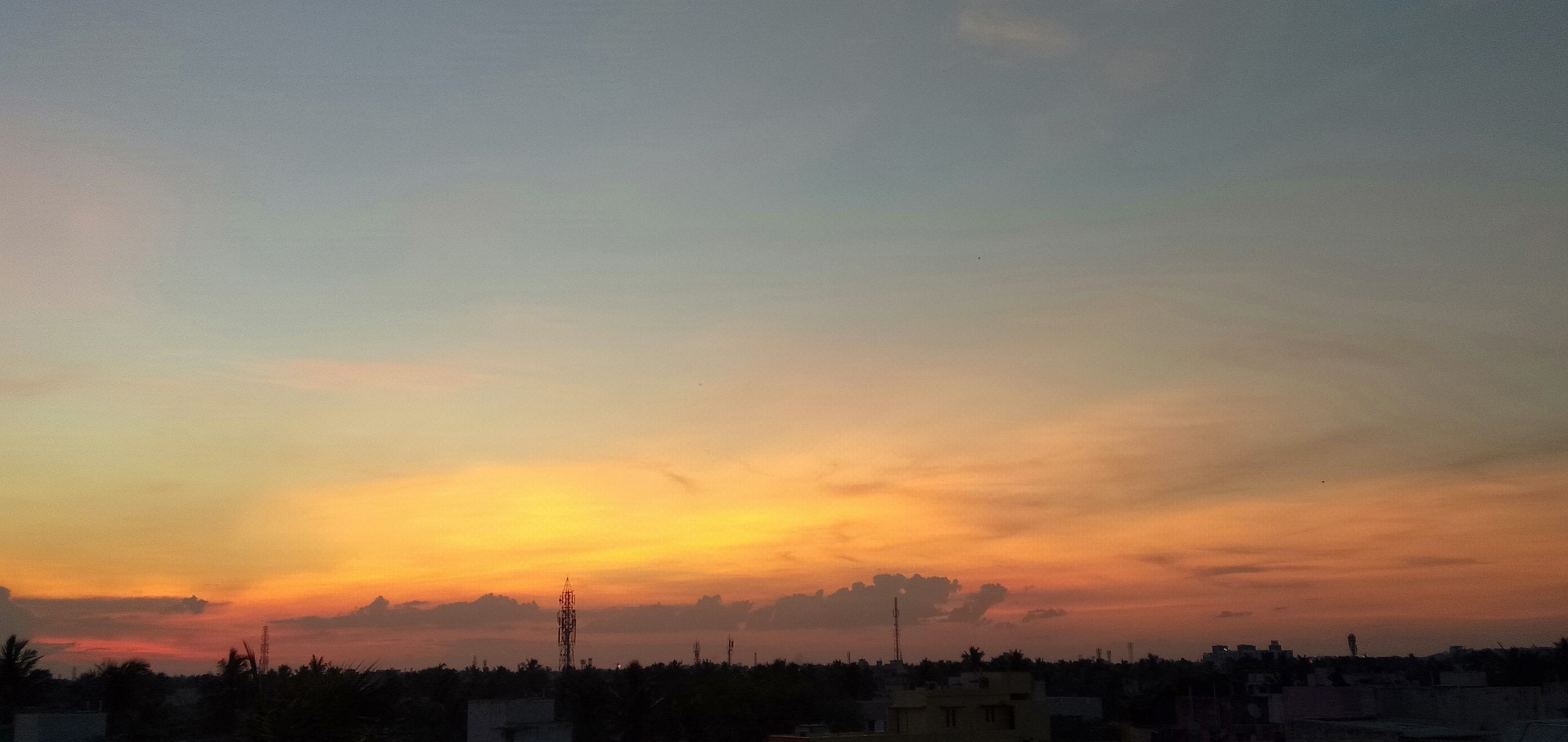

Daybreaks happen as always.

With hopes that Chennai and the people of Chennai will withstand tough times still the sky gets clear;
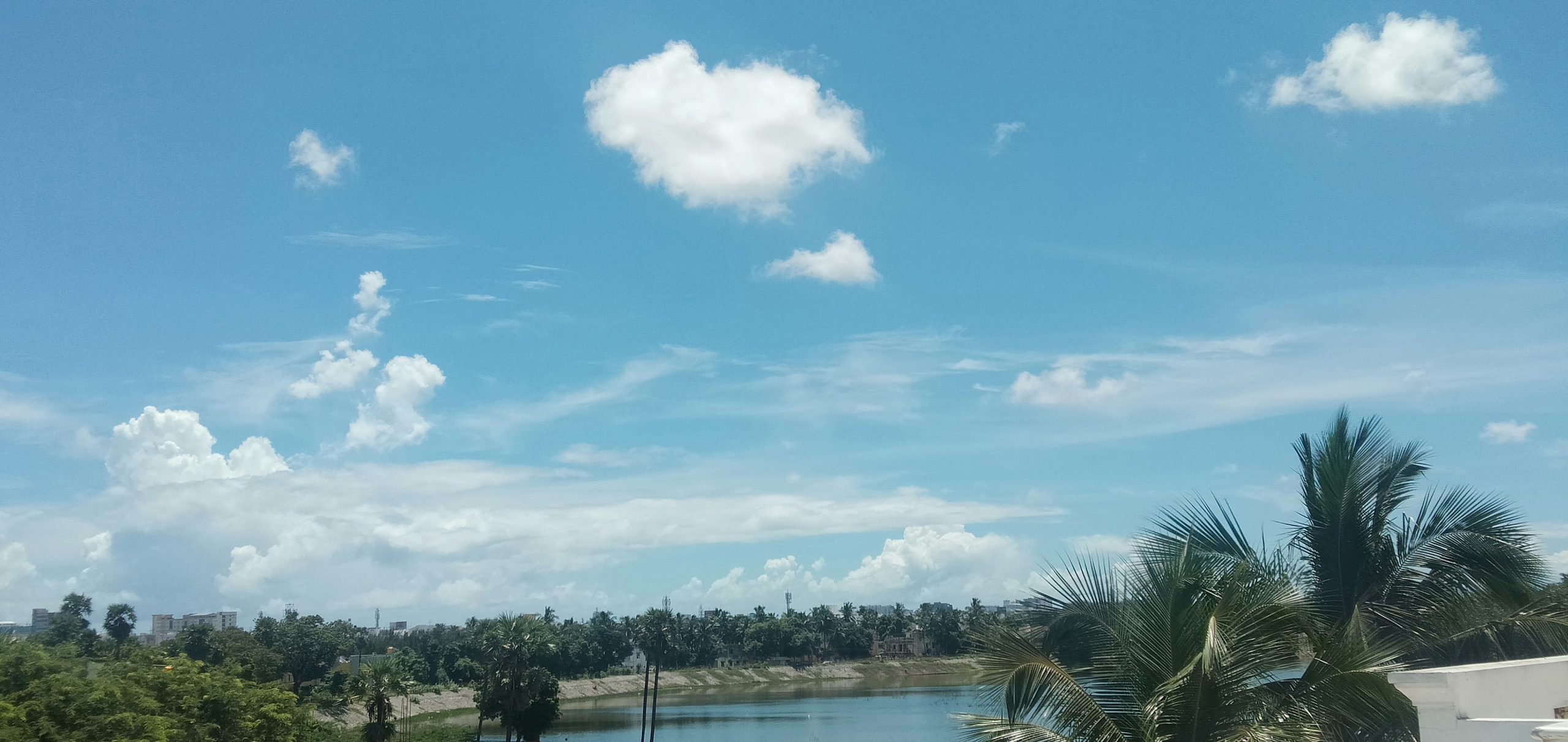
with hopes that dawn would bring with it fresh and radiant beginning for Chennai...

let's do our part to restore Chennai's beauty to experience soul-filling happiness just as the birds experience in their flight to conquer the sky.
Video courtesy: C.R. Ravichandran
Kindly watch the full video, which is less than a minute.
Restraining from felling of trees and protecting water resources while undertaking any type of construction are essential to restore Chennai.
Whenever I read about felling of trees, I recall with heavy heart the verse written by my husband.
Break Through the Soil
Tree -
Your ancestor by
Millions of years
It helped you evolve
And is the breath of your life
Hence, it enjoys more right
To earth than you can ever will
Oh human, you inhumanly fell trees
For monetary gain
Can you even imagine the struggle and pain
of breaking through the soil?
Your mother's womb
Holds you till birth
Your mother's body helps you in birth
Your parents and society support your growth.
You have never been on your own
What right have you to destroy
The tree that stands and struggles on it own?
Do you think trees will not strike you back?
May be not as a tree, but as water,
Wind and waves
Nature finds her way to strike back.
It is time you realized
You are not destroying trees
But only your life.
Even the slightest touch
can cause a sprout to break
But it breaks through the soil
that requires the sharpness of plough
Have you ever realized that pain
in your life?
Break through the soil
To experience the pain and struggle
And the bliss of creation.
- S.R. Thamizharasu

Rama Thamizharasu
Welcome. I am a yoga therapist, SEO consultant, content creator and translator.
Kindly check our other blog and YouTube channels:
https://voiceofapet.blogspot.com/
https://www.youtube.com/@PetsDiaryPages
http://www.youtube.com/@letnaturelive_YT



